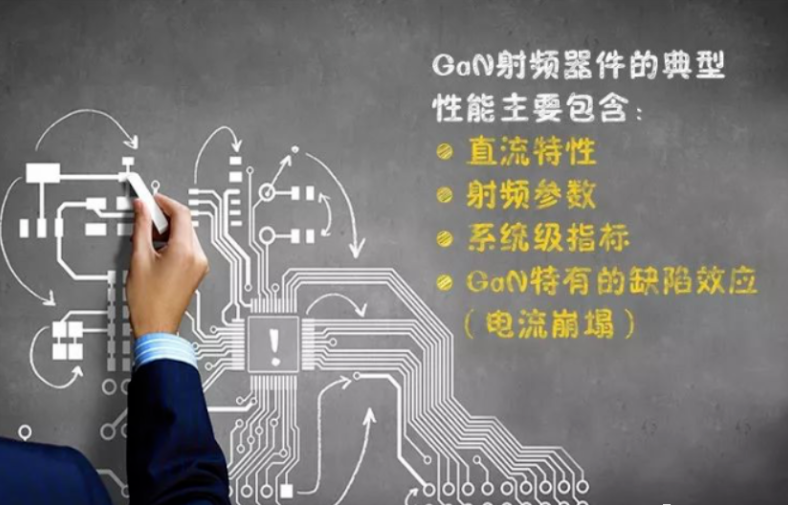Please submit your message online, we will contact you as soon as possible!

Author:KANA
Power Amplifier (PA, Power Amplifier), is an important part of various wireless transmitters, is one of the most important RF front-end devices. The power of the radio frequency signal generated by the modulating oscillation circuit is amplified to output to the antenna for radiation. The performance of PA directly determines the communication distance, signal quality and standby time of the wireless terminal, and is also the largest power consumption device in the RF front-end.
According to QYR Electronics Research data, from 2011 to 2018, the global market size of RF power amplifiers grew from $2.533 billion to $3.105 billion, with a compound annual growth rate of 2.95%; It is estimated that by 2023, the market size will reach 3.571 billion US dollars. The overall growth rate of the PA market is lower than that of other RF front-end chips, mainly because the high-end 4G and 5G PA markets will maintain growth, but the 2G/3G PA market will gradually decline. From 2020 to 2025, the global mobile phone RF front-end will grow from 18.5 billion to 25.8 billion US dollars, CAGR +7%, 5G is the main driving force: 1) 5G (Sub 6GHz) : The four technologies driving ASP from 4G $17 to $25; 2) Millimeter wave: Added ASP $18 AiP antenna module. Other than that. WiFi6 also drives the mobile phone WiFi RF device market size from $2.5 billion in 2020 to $3.4 billion. Modularity: 5G accelerates the modularity of the RF front-end, but under the balance of cost and performance, a large number of discrete devices will still be used in the next few years, and the market size of modules and discrete devices will grow.

Figure 1, RF front end is one of the core devices in smart phone, mainly composed of four modules: power amplifier (PA), switch, filter and low noise amplifier (LNA)
In recent decades, the rapid development of wireless communication technology, radio frequency and microwave circuits not only prompted the military field to stride toward modernization, but also have been widely used in many fields, greatly improving people's living standards, it can be said that it has become an indispensable tool in our work and life. Amplifiers are used in almost all RF and microwave systems, and they are also essential units in communication, radar and satellite forwarding systems, so they are widely used.
The key component of the communication system includes the signal transceiver, in which the power amplifier (hereinafter referred to as PA) as an important module in the transmitter link, its role is: the weak signal generated by the front end for power amplification, so that it is fed to the antenna after high enough power to radiate out, so as to have a longer transmission distance. Therefore, the performance of PA directly affects the overall working quality of the transmitter, which is very critical.
By using automatic probe station and test instrument to measure and extract RF electrical parameters of PA chip in production, intelligent test and analysis software system can be used to directly reflect whether the product meets the process requirements in the manufacturing process, and what quality problems exist.

Figure 2 illustrates the typical test performance of GaN RF devices
Common testing items for power amplifiers (PA) are as follows:
1, DC characteristics: gate opening voltage, static operating point, drain breakdown voltage
2, RF performance: S parameters, output power, gain, efficiency intermodulation, noise factor
3, system-level indicators: ACPR and EVM under modulated signal
4, ATE test: DC, RF, EVM, etc
5. Defect testing of PA devices: grid delay, dynamic resistance and current collapse.
If you are interested in this article, please immediatelycontact us

Support Hotline
Please submit your message online, we will contact you as soon as possible!